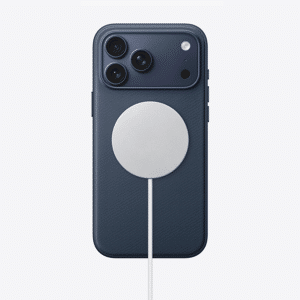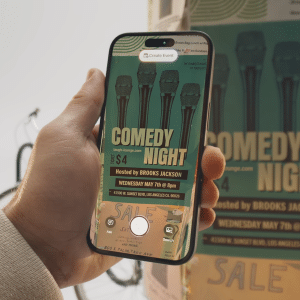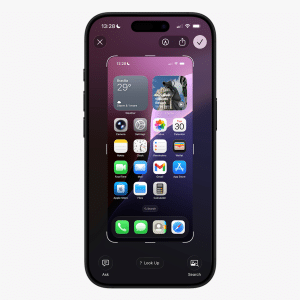Lockdown Mode, introduced in iOS 16, is one of the most robust iPhone security features, designed for users at risk of targeted cyberattacks, such as journalists or activists. MacRumors notes it restricts certain functionalities—like limiting web technologies and blocking unsolicited messages—to minimize vulnerabilities. For example, it disables link previews in Messages and restricts web browsing to essential functions, reducing the attack surface for hackers. While not necessary for everyone, enabling Lockdown Mode via Settings > Privacy & Security provides an “extreme” layer of protection for those facing heightened risks, ensuring their iPhone remains a fortress against sophisticated threats.
Contact Key Verification: Secure Your Communications
Another critical iPhone security feature, Contact Key Verification, ensures you’re communicating with the intended recipient on iMessage. Available since iOS 16.3, this tool lets users compare verification codes in person or over a secure call to confirm identities, preventing impersonation. MacRumors emphasizes its value for high-profile individuals who need to verify contacts. Accessible in Settings > Apple ID > Contact Key Verification, this feature adds a layer of trust to encrypted iMessage conversations, making it ideal for professionals handling sensitive information. By integrating Contact Key Verification, users can confidently secure their communications against man-in-the-middle attacks.
Stolen Device Protection: Safeguard Your iPhone if Lost
Stolen Device Protection, introduced in iOS 17.3, is a standout among iPhone security features, protecting your device and Apple ID if your iPhone is stolen. MacRumors explains that it requires Face ID or Touch ID for critical actions like accessing passwords or changing Apple ID settings, even if the thief knows your passcode. It also imposes a one-hour delay for sensitive changes, such as signing out of your Apple ID, when you’re away from familiar locations. Enabled in Settings > Face ID & Passcode, Stolen Device Protection ensures that a stolen iPhone remains locked down, giving users peace of mind and time to remotely wipe their device via Find My.
Family Passwords: Securely Share Credentials
Family Passwords, launched with iOS 17, is one of the more user-friendly iPhone security features, allowing secure sharing of passwords and passkeys with trusted contacts. MacRumors highlights its role in creating a shared group for credentials, accessible via Settings > Passwords > Family Passwords. This feature uses iCloud Keychain’s encryption to ensure only authorized members can access shared logins, making it perfect for families or small teams managing streaming services or smart home accounts. By streamlining secure sharing, Family Passwords reduces the risk of unsafe practices like texting passwords, enhancing both convenience and security.
Advanced Data Protection for iCloud: End-to-End Encryption
Advanced Data Protection for iCloud, available since iOS 16.3, elevates iPhone security features by applying end-to-end encryption to most iCloud data, including backups, Photos, and Notes. MacRumors notes that this feature, enabled in Settings > Apple ID > iCloud > Advanced Data Protection, ensures only you can access your data, even if iCloud servers are breached. Unlike standard iCloud encryption, which protects data in transit, this option secures 23 data categories against unauthorized access, including by Apple itself. For users storing sensitive information in iCloud, Advanced Data Protection is a must, offering robust privacy in an era of growing cloud-based threats.
Why These Features Matter
These iPhone security features address diverse threats, from physical theft to targeted cyberattacks. Lockdown Mode and Contact Key Verification cater to high-risk users, while Stolen Device Protection and Family Passwords benefit everyday users by securing devices and simplifying credential management. Advanced Data Protection ensures cloud data remains private, critical as users store more personal information online. MacRumors underscores that enabling these features takes just a few taps in Settings, yet their impact is profound, protecting against data breaches, identity theft, and unauthorized access. As Apple prepares for iOS 19 at WWDC 2025, these tools highlight its ongoing commitment to user security.
Practical Steps to Activate
To maximize protection, users should activate these iPhone security features immediately. Navigate to Settings to enable Lockdown Mode under Privacy & Security, Contact Key Verification and Advanced Data Protection under Apple ID, Stolen Device Protection under Face ID & Passcode, and Family Passwords under Passwords. MacRumors advises regular passcode updates and two-factor authentication to complement these features. For users with older devices, some features may require iOS 16 or later, but Apple’s support for older systems like iOS 16.7.11 ensures broad compatibility.
Looking Ahead
As cyber threats evolve, Apple’s iPhone security features remain a cornerstone of its ecosystem, balancing usability with cutting-edge protection. With iOS 18.4.1 addressing over 60 vulnerabilities and iOS 19 on the horizon, users can expect further enhancements, potentially including advanced Apple Intelligence-driven security tools. For now, enabling these five iPhone security features ensures your device is fortified against today’s risks, keeping your data secure whether you’re browsing, sharing, or storing in the cloud.















